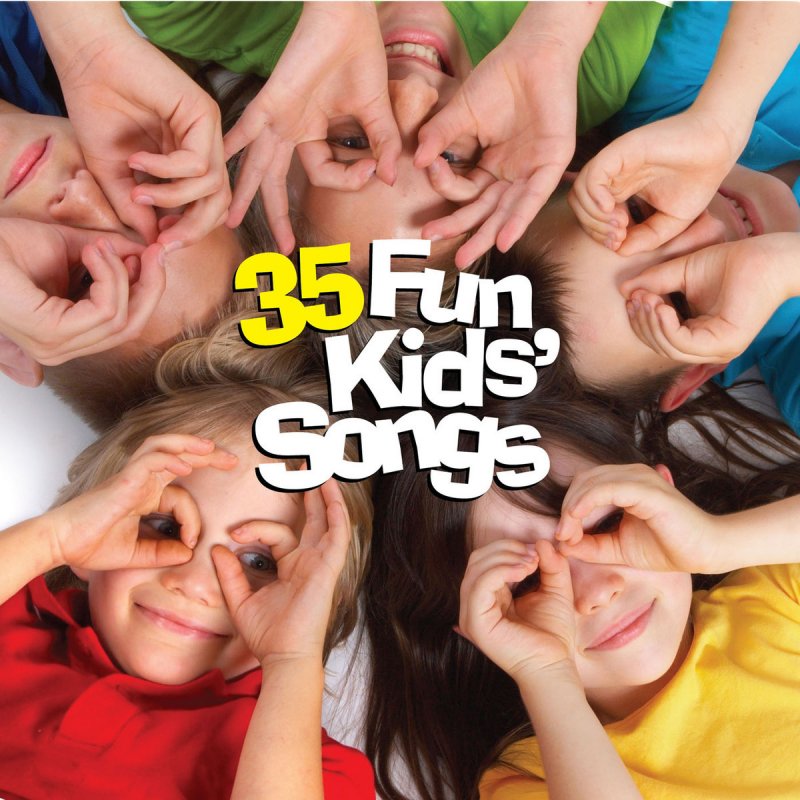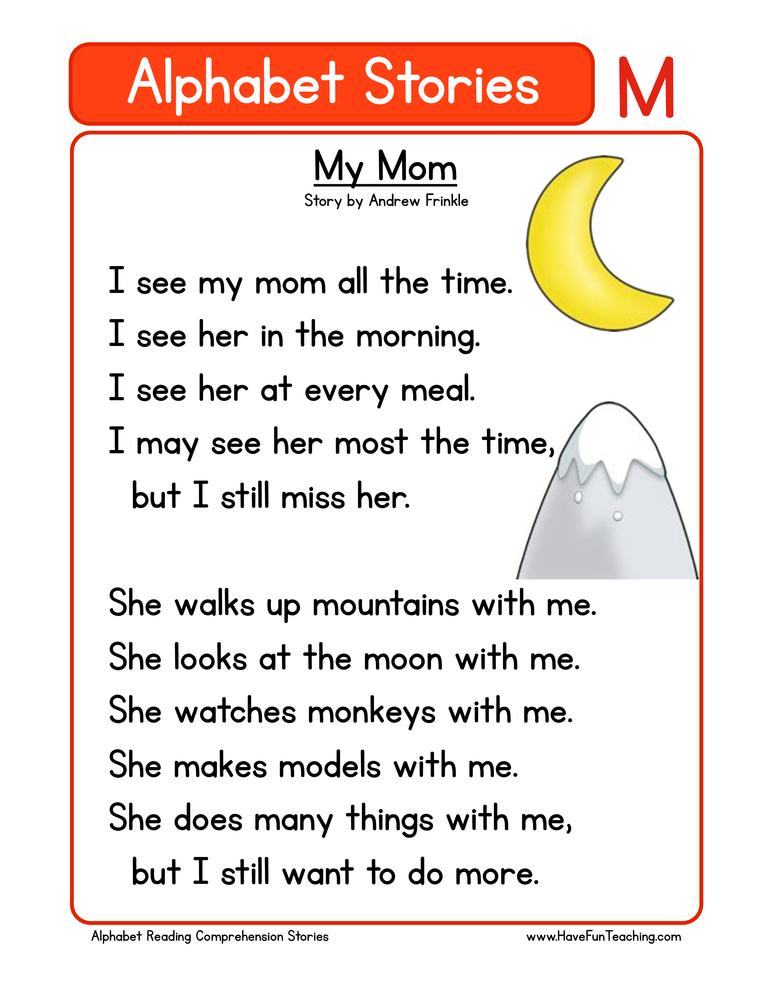Do your ears hang low origin
Do Your Ears Hang Low? |
TITLE: Do Your Ears Hang Low?
AUTHOR: unknown
CATEGORY: Traditional, Public Domain
KEYWORDS: children, humorous
EARLIEST PRINTED OR RECORDED REFERENCE: The earliest known recording was in 1922- sheet music with slightly divergent lyrics from 1925 is in the Library of Congress.
There was not much information about the song, but I did find the following (although I’m not sure of it’s authenticity–but it is a great story) “Just as Ring Around the Rosie was a child’s song that had its origins in the grisly history of the Black Death in England, so Do Your Ears Hang Low? was about the Spanish influenza of 1918. Its deadly toll on soldiers demobilization after the first world war is well known, but less so the fact that they died in such numbers that in army hospitals they were only tagged on the ear with their serial number.
“Army medics assigned to dispatching of the bodies hummed a funereal song to make their revolting work lighter as they stacked the ear-tagged bodies. In this song they pretend they are talking with the influenza victims and making fun of their ears. This is likely to have been an adaptive response on the orderlies part, as the bodies of those succumbed to influenza were often mightily bloated and many died with facial rictus.
“The song likely began first at Army posts in the Delaware region, but was first written down in memoirs of Corporal Austin Cooper, who was later to serve as first head of the United States Army Infectious Disease Research Laboratories ( later USAMRID). The earliest known recording was in 1922- sheet music with slightly divergent lyrics from 1925 is in the Library of Congress.” (from yahoo answers)
OTHER TITLES AND VARIATIONS:
- Many Parodies (names you can only imagine)
RECORDINGS: (mp3’s available through Amazon.com)
- Kevin Roth, [easyazon-link asin=”B0019GDME0″ locale=”us”]Do Your Ears Hang Low/ Old Mcdonald[/easyazon-link]
- David Polansky, [easyazon-link asin=”B002CE8BIA” locale=”us”]Do Your Ears Hang Low?[/easyazon-link]
Do Your Ears Hang Low?
Do your ears hang low?
Do they wobble to and fro?
Can you tie ’em in a knot?
Can you tie ’em in a bow?
Can you throw ’em o’er your shoulder
Like a continental soldier
Do your ears hang low?
Do your ears stand high?
Do they reach up to the sky?
Do they droop when they are wet?
Do they stiffen when they’re dry?
Can you summon o’er your neighbor
With a minimum of labor?
Do your ears stand high?
Do your ears flip-flop?
Can you use them as a mop?
Are they stringy at the bottom?
Are they curly at the top?
Can you use them for a swatter?
Can you use them for a blotter?
Do your ears flip-flop?
Do your ears stick out?
Can you waggle them about?
Can you flap them up and down
As you fly around the town?
Can you shut them up for sure
When you hear an awful bore?
Do your ears stick out?
Do your ears give snacks?
Are they all filled up with wax?
Do you eat it in the morning
Do you eat it in the bath?
Do you eat it with a scone?
Or do you eat it on its own?
Do your ears give snacks?
NOTICE: I’m not the best guitar player or vocalist, but no one loves these songs more than I do. The tune and lyrics are in the public domain unless otherwise noted. The recording © copyright 2013 by Stephen Griffith and may be used by permission of the copyright holder. The variation of the song I’m posting is the version I perform and is not exactly replicating the sources cited, but is always in the same song family. If anyone has more details about this song, or believes I’ve stated something in error, please let me know. I’m also open to suggestions to improve the site. Thanks. sgg
The tune and lyrics are in the public domain unless otherwise noted. The recording © copyright 2013 by Stephen Griffith and may be used by permission of the copyright holder. The variation of the song I’m posting is the version I perform and is not exactly replicating the sources cited, but is always in the same song family. If anyone has more details about this song, or believes I’ve stated something in error, please let me know. I’m also open to suggestions to improve the site. Thanks. sgg
Posted on January 30, 2014 by stephengriffith. This entry was posted in Public Domain, Traditional and tagged children, humorous. Bookmark the permalink.
Talking About Race And Ice Cream Leaves A Sour Taste For Some : Code Switch : NPR
Talking About Race And Ice Cream Leaves A Sour Taste For Some : Code Switch An earlier NPR post about the link between a popular ice cream truck melody and blackface minstrelsy has prompted criticism that the author is dredging up irrelevant history.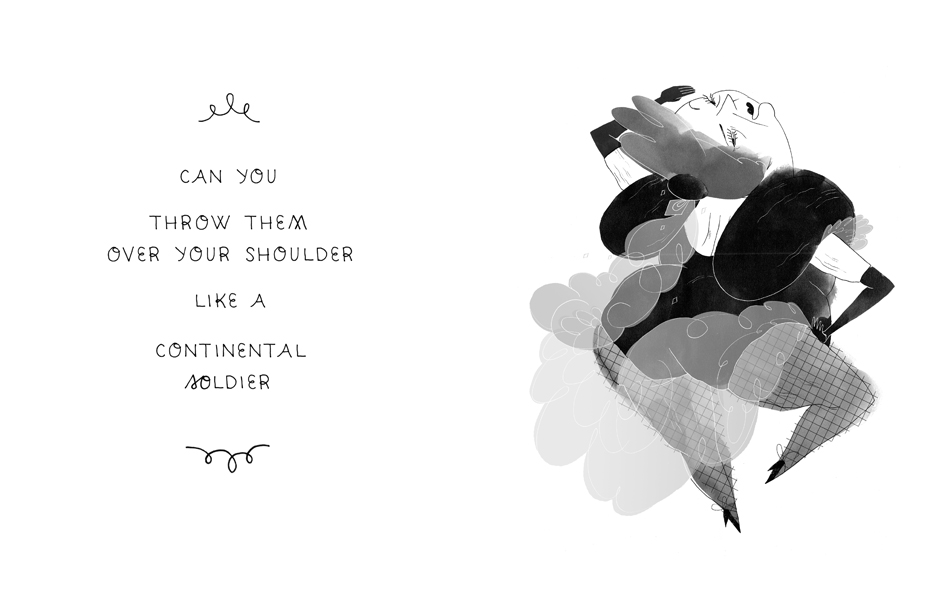 The author responds.
The author responds.
-
- NPR One
- Apple Podcasts
- Spotify
- Google Podcasts
- Amazon Music
- RSS link
-
- NPR One
- Apple Podcasts
- Spotify
- Google Podcasts
- Amazon Music
- RSS link
Theodore R. Johnson III
Johnson III
"I am not calling for the banning of ice cream truck music, and I do not think people should boycott the ice cream industry because it plays old songs," writes Theodore R. Johnson III, explaining why it's important to examine history. iStockphoto hide caption
toggle caption
iStockphoto
"I am not calling for the banning of ice cream truck music, and I do not think people should boycott the ice cream industry because it plays old songs," writes Theodore R. Johnson III, explaining why it's important to examine history.
iStockphoto
Editor's note: This post is about and contains racial slurs.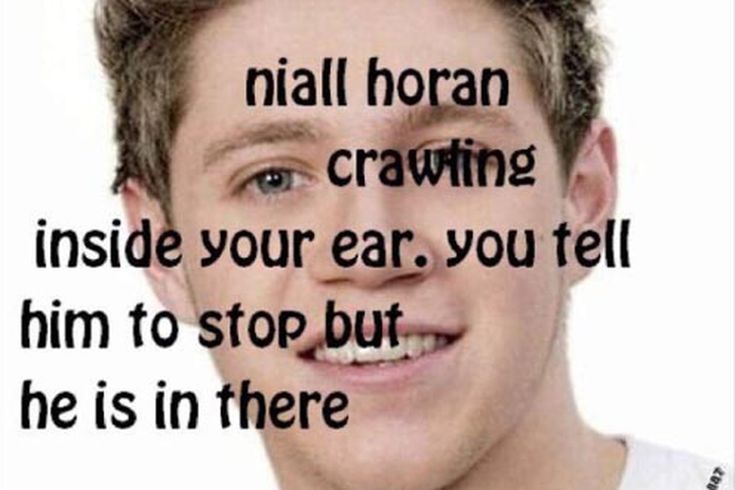
While out for a jog last week, an ice cream truck passed by me playing a familiar tune, most commonly known today as "Turkey in the Straw." I could only chuckle at the irony of the timing since it occurred just days after my article "Recall the Ice Cream Truck Song? We Have Unpleasant News for You" went viral. It was as if the truck was taunting me for having the audacity to call its song racist.
It appears that this is a common refrain. Many readers walked away from the essay believing I'd made a case that ice cream trucks are playing the instrumental version of Harry Browne's exceptionally racist 1916 song "Nigger Love A Watermelon." Some believed I was calling for a ban of the ice cream truck song for being racist. Neither could be further from the truth.
But that so many left with this impression means I could have better presented my argument. Therefore, let me attempt to more clearly state my position.
As I set forth in the article, the melody is older than our country, and its various American interpolations — particularly "Zip Coon," "Turkey in the Straw" and "Do Your Ears Hang Low" — date back 200 years.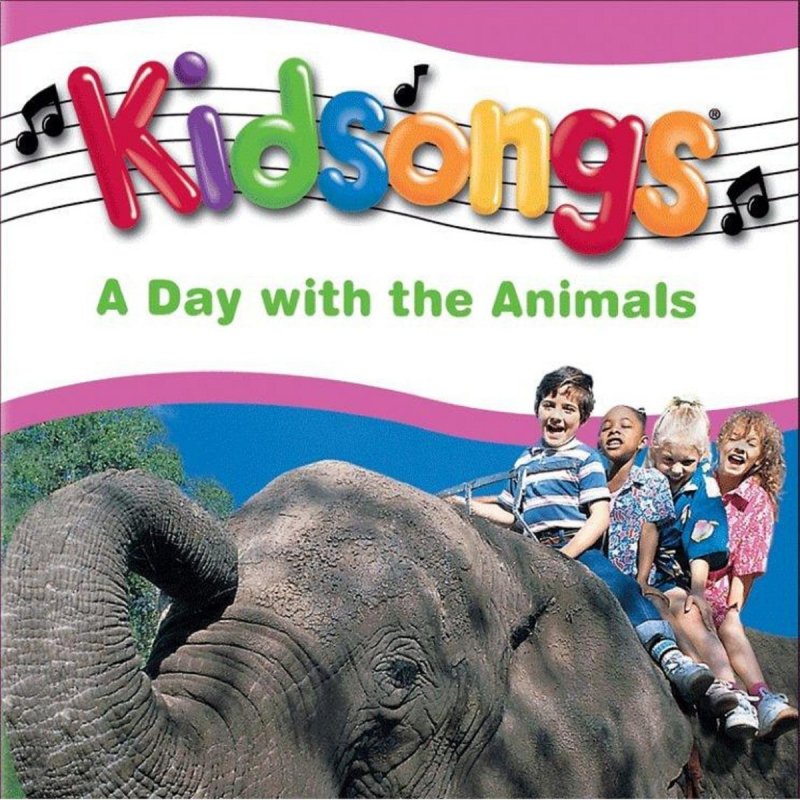 It's this incredible durability and popularity of the music — not Browne's watermelon incantation — that's behind its use on ice cream trucks for decades. This fact is unassailable.
It's this incredible durability and popularity of the music — not Browne's watermelon incantation — that's behind its use on ice cream trucks for decades. This fact is unassailable.
And here's another irrefutable fact: For nearly as long as the melody has been on the American shores, it has been used to denigrate and make fun of black people. Its use as the soundtrack for the blackface minstrel show era is not some trivial aside. By the time of President Andrew Jackson's administration, "Zip Coon" was the most popular song in the country. The ridiculous black stereotype it etched into the American consciousness spawned an entire entertainment industry focused solely on two things: profits and racism. The role blackface played in defining the melody's American iconography is central to my argument, and the point holds no matter which song one believes the ice cream truck is playing.
When black people hear and see those stereotyped presentations of blackness, we are told how America viewed us and that has lasting, tangible effects. There can be no honest conversation on race issues today without an appreciation for this. It matters.
There can be no honest conversation on race issues today without an appreciation for this. It matters.
The most common dissent to my article is that the melody we hear from the ice cream truck is solely the result of the popularity of "Turkey in the Straw." Over at The New Republic, John McWhorter suggests that this is the case and that "Turkey in the Straw" can be entirely dissociated from blackface and racism. Unfortunately, sheet music from the turn of the 20th century depicting familiar denigrating caricatures of black people makes his assertion problematic. Both McWhorter and The American Spectator's Bill Zeiser cite use of the melody in Warner Bros. cartoons as evidence that blackface was gone from pop culture in the time of the ice cream truck. But Warner Bros. routinely employed blackface stereotype cartoons, to include this censored 1941 Bugs Bunny episode and, more pointedly, a 1943 blackface take on Snow White called Coal Black an de Sebben Dwarfs — the title derived from "Coal Black Rose," a blackface song from the 1820s thought to be the first ever recorded.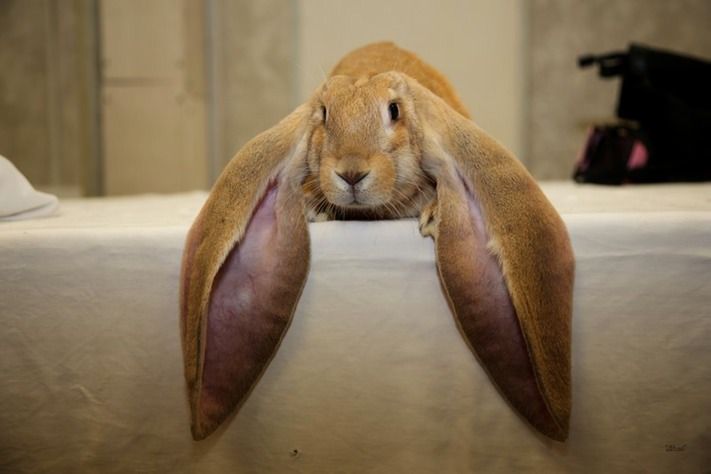
Some asserted that ice cream trucks simply wouldn't play music with roots in racism or argued that there isn't enough proof to tie blackface songs to ice cream parlors. Yet the trucks routinely play tunes such as "Camptown Races," "Oh! Susanna," "Jimmy Crack Corn" and "Dixie," all of which are blackface minstrel songs.
As Richard Parks writes in the Winter 2014 issue of Lucky Peach magazine, most ice cream parlors across the nation in the 1890s utilized the Regina Style 11 Music Box, which, among other fiddle tunes and waltzes, played songs like "Dixie." Furthermore, in the case of "Turkey in the Straw" Parks points out that "Sambo-style caricatures appear on the covers of sheet music for the tune that were released into the era of the ice cream trucks."
So why does any of this matter? If the racist history of an ice cream truck song has been buried in the ages, why dredge it up for examination?
It is important to recognize the impact racism has had on our country, even, perhaps especially, when it hides in the nooks and crannies of wholesome Americana. When black people hear and see those stereotyped presentations of blackness, we are told how America viewed us. And that has lasting, tangible effects. There can be no honest conversation on race issues today without an appreciation for this. It matters. And these depictions are far from antique notions. When Don Imus calls black women "nappy-headed hoes," this is language akin to portrayals of black femininity in blackface lyrics. This matters. When our first black president took office, corners of the Internet lit up with the very blackface exaggerations and stereotypes that were supposed to be obsolete and forgotten. This matters. And when just last week the North Korean dictator hurls racist insults — such as monkey and mixed-breed clown — at our commander in chief in language that directly harkens to the blackface era, it matters.
When black people hear and see those stereotyped presentations of blackness, we are told how America viewed us. And that has lasting, tangible effects. There can be no honest conversation on race issues today without an appreciation for this. It matters. And these depictions are far from antique notions. When Don Imus calls black women "nappy-headed hoes," this is language akin to portrayals of black femininity in blackface lyrics. This matters. When our first black president took office, corners of the Internet lit up with the very blackface exaggerations and stereotypes that were supposed to be obsolete and forgotten. This matters. And when just last week the North Korean dictator hurls racist insults — such as monkey and mixed-breed clown — at our commander in chief in language that directly harkens to the blackface era, it matters.
It should now be clear that I don't believe ice cream trucks are rolling around blasting racism into our subconscious. I am not calling for the banning of ice cream truck music, and I do not think people should boycott the ice cream industry because it plays old songs. Nor do I think exploring America's history is divisive or a wasted endeavor.
Nor do I think exploring America's history is divisive or a wasted endeavor.
I suspect, however, that there will be a choice few who still question my sanity and remain a bit fired up over my article. To them I'd suggest they grab some ice cream from the next truck that passes by; it'll make them feel better! It was certainly a jim-dandy of a post-jog reward for me.
Theodore R. Johnson is a writer, naval officer and former White House fellow. His writing focuses on race, society and politics.
Sponsor Message
Become an NPR sponsor
What your ears are talking about
Yesterday I read an excellent book on Chinese medicine, except for diagnostics on the condition of the face and skin, there was interesting information about the ears, then I took a closer look at this part of the body. After all, there is a projection of all organs on the ears, it’s such a brain brought out, that is, you look at a person, you can’t see the brain behind the hair) But you look at the ears, everything is immediately visible :) Then I read physiognomy, some publications on the topic of ears and realized that you have to look for your fate in three organs: ear, nose and .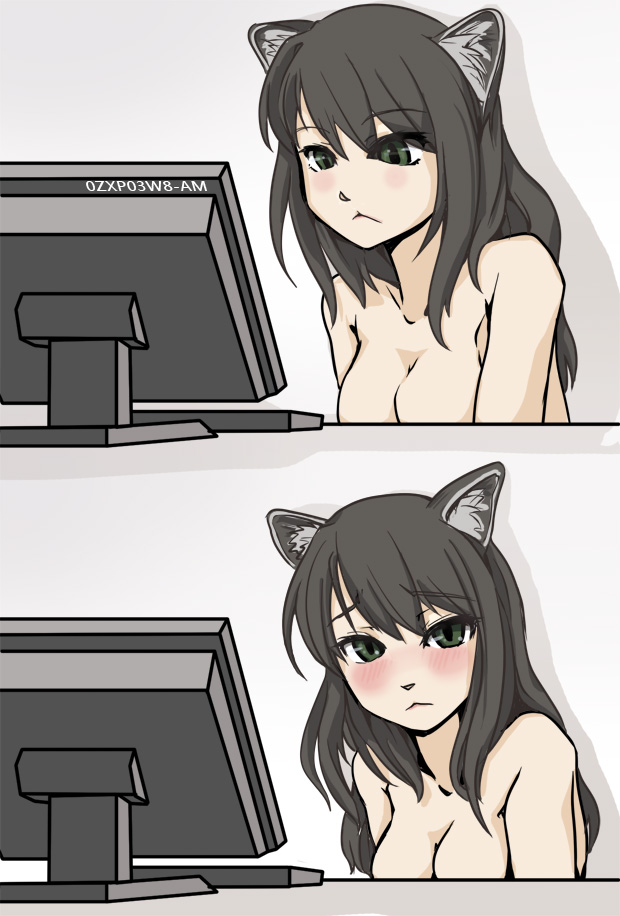 ... of course, the heart. Somehow I’ll write about my nose separately, I learned everything about mine yesterday, how much strength, character, health and love of men my nose shape brings me .. There are a lot of discoveries, I’ll also share with you, my dear friends, but for now EARS. I post a description below, this is a compilation from a book on Chinese medicine, a textbook on physiognomy and five articles, so it’s almost an author’s work. nine0003 So, any experiment, as a natural scientist, I start with myself.
... of course, the heart. Somehow I’ll write about my nose separately, I learned everything about mine yesterday, how much strength, character, health and love of men my nose shape brings me .. There are a lot of discoveries, I’ll also share with you, my dear friends, but for now EARS. I post a description below, this is a compilation from a book on Chinese medicine, a textbook on physiognomy and five articles, so it’s almost an author’s work. nine0003 So, any experiment, as a natural scientist, I start with myself.
The first thing that I managed to find out about myself as a result of comparing pictures and descriptions is that I was given to be wise and sincere from birth, who
from your ear)
Wisdom, sincerity, talent, musicality, once again wisdom, longevity and prosperity. That's what my ears are talking about.
Look at your ears and the ears of your friends and find out the whole truth)
Sign of longevity - earlobe
"Chinese physiognomists, while studying the structural features of the auricles in centenarians, managed to reveal an interesting fact. large, somewhat elongated sizes of the auricles - 7 - 7.5 cm with a thickened earlobe and a crest of the inner curl protruding outward. All these are signs of good health and longevity. The longer the earlobe, the longer the life of a person. If, moreover, such a person has a red mole on his ear, then he will definitely cross the centennial milestone. nine0006
large, somewhat elongated sizes of the auricles - 7 - 7.5 cm with a thickened earlobe and a crest of the inner curl protruding outward. All these are signs of good health and longevity. The longer the earlobe, the longer the life of a person. If, moreover, such a person has a red mole on his ear, then he will definitely cross the centennial milestone. nine0006
An ear without a well-shaped lobe - an imbalance in the personality.
The earlobe leans slightly forward - sincerity
A sign of financial success
A person has a very high intelligence if the upper part of the ear is above the level of the eyebrows. He may achieve wide publicity and/or exceptional financial success.
When the upper part is above the level of the eyes, this means that the person will probably also achieve well-being, though not so stunning. If they are located below eye level, then IQ is average or even low. Geniuses have wide, thin, sloping ears. And a very long earlobe indicates a person of higher wisdom and spirituality.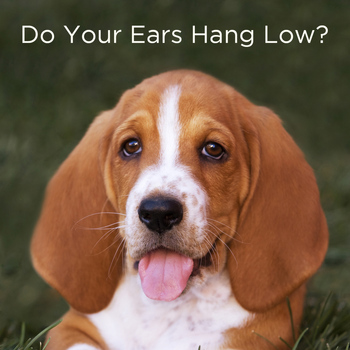 It is not for nothing that the Buddha is depicted with a long earlobe touching his shoulder. In addition, Chinese physiognomists believe that people with such a long lobe achieve a lot in life. nine0003
It is not for nothing that the Buddha is depicted with a long earlobe touching his shoulder. In addition, Chinese physiognomists believe that people with such a long lobe achieve a lot in life. nine0003
Sign of a nonconformist
Protruding ears betray a person who is independent in his judgments and does not look back at others. This creates problems in communicating with people. If the right ear is more protruding, then independence is manifested in business and social life. If the left sticks out more, these people are more independent in their personal lives.
If there is a transverse wrinkle on the lobe, or even two, then this may indicate excessive fatigue. Such a wrinkle is a kind of health detector: the greater its depth, the more stress a person experiences. He needs to rest and sleep well. As soon as a person rests for as long as his psyche and body need, the wrinkle will disappear. nine0003
Conformist sign
If ears are pressed to the head and almost touch the head with the outer edge, then such a person prefers to follow social norms known to you in everything and obey instructions. He knows very well what most people think. Doesn't look weird or too different from others. This knowledge of common interests and norms can be an asset in marketing.
He knows very well what most people think. Doesn't look weird or too different from others. This knowledge of common interests and norms can be an asset in marketing.
Big ears. This is a sign of vitality and independence. You are energetic and like to do only what you want. Even taking into account the opinions of others, you will do everything your own way. nine0006
Small ears. Sensitive, delicate and refined people. However, some believe that people with small ears have a superficial mind, they are impulsive, emotional and unbalanced.
Large earlobes . The Buddha had very large and long earlobes. So if you have the same, it means that you are a lucky person. Everything comes easy to you and you know how to enjoy life. If you have problems, there will always be a person nearby who will lend a helping hand. nine0006
Ears that stick out. You are a very energetic person and are suitable for working with people, but not with paperwork.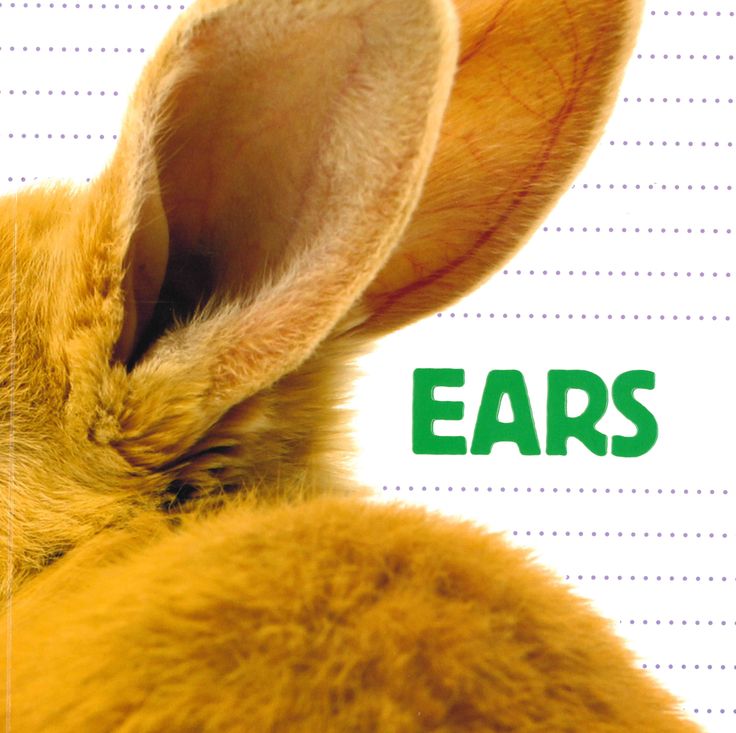
Rounded ears. Understanding things is easy for you, but you don't always use your ingenuity. You will use your abilities only in those things that interest you. Children with such ears should be encouraged to find their own niche and excel in it.
Ears with protruding inner shell margin. nine0052 Such people are successful in business, advertising, art. They are independent and original.
If the height of the ears is greater than the width of , this indicates a weak character. If it's the other way around, it's strong. If you have a large ear cavity , you are very sentimental and honest. And so, various types of human ears can be divided into the following groups.
Sign of deceit
If the ears are pointed at the top and slightly protruding - "fox ears" , then this speaks of the stubborn and tough nature of the person. Any trouble can be expected from such people: they are very smart, cunning and act solely in their own interests.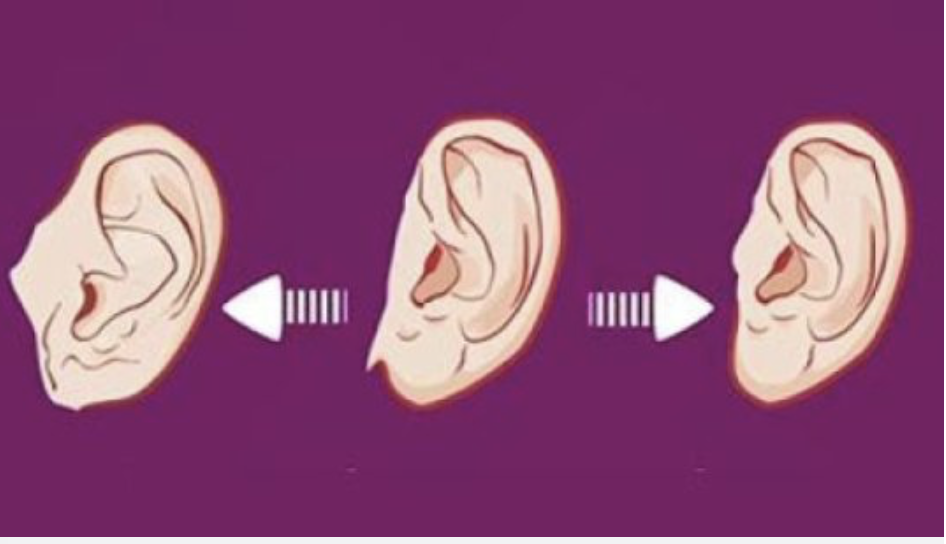 Remember how, on old lithographs, artists painted sorcerers and vampires, and in general, all kinds of evil spirits with such “triangular” ears. These people do first, and only then think, which often leads to failures in their personal lives. A distinctive feature of these people is that they are usually very well developed physically.
Remember how, on old lithographs, artists painted sorcerers and vampires, and in general, all kinds of evil spirits with such “triangular” ears. These people do first, and only then think, which often leads to failures in their personal lives. A distinctive feature of these people is that they are usually very well developed physically.
A sign of passionate temperament
Small flat ears with an inner rim turned outward, covered with vellus hair, indicate a sexually anxious and voluptuous person prone to adultery.
Ears with fused lobe characterize their owner as an active, self-confident person with a lively character. Such people are resolute: if it is required to “cut off”, then they are unlikely to “measure” seven times. As a rule, they have excellent health, high stress resistance and strong energy. But, nevertheless, these people are characterized by impulsiveness, rash acts, they are easily turned on, which quite often causes quarrels and conflicts with loved ones.
 They need not only to be more restrained, but also to learn to listen to the opinions of others. Usually, these are bright personalities who are used to achieving everything. In childhood, many of them cause a lot of problems to their parents and teachers. Due to the pronounced childish beginning, such people have a unique charm. As for women who like to wear clip-on earrings or earrings, they should be more attentive to the design of their jewelry - they should not be large, elegant and openwork. nine0098
They need not only to be more restrained, but also to learn to listen to the opinions of others. Usually, these are bright personalities who are used to achieving everything. In childhood, many of them cause a lot of problems to their parents and teachers. Due to the pronounced childish beginning, such people have a unique charm. As for women who like to wear clip-on earrings or earrings, they should be more attentive to the design of their jewelry - they should not be large, elegant and openwork. nine0098 If it is still difficult for someone to make an independent diagnosis of the ears. Throw your ears in the comments, help me, I have a lobe of sincerity and wisdom))
Tags: Evgenia Kutsueva, analytics from Kutsueva, ear diagnostics, ears and fate
how to determine it by the shape of the ears, lobe and other features
Sometimes it is enough to take a closer look at a person to see his features. For example, a person who is smart or stupid, simple-hearted or cunning, kind or not very much, can be betrayed by his ears. The most reliable sign is that they cannot be changed by makeup or exercise! The shape of the ear and the character are often connected, and even without pictures it is easy to remember the basic principles of the physiognomy of the ears. nine0006
The most reliable sign is that they cannot be changed by makeup or exercise! The shape of the ear and the character are often connected, and even without pictures it is easy to remember the basic principles of the physiognomy of the ears. nine0006
Website editor
Tags:
It is interesting!
language of the body
Character
Health
Food
Scientists have long proven that a person's ears are as special and unique as his fingerprints. It is believed that this part of the body is far from the least important in determining the nature and inclinations of the individual. How to determine the character of a person by the ears? Every detail in the features of the structure, location or size of the ear is responsible for certain - good or bad - personality traits. nine0006
nine0006
Position of the ears
Physiognomists - specialists who determine the spiritual qualities of a person based on the analysis of facial features - have learned to determine intelligence by the position of the upper line of the ears. Everything here is quite logical and simple: if the ears are higher than the level of the eyebrows - high intelligence; at eye level - medium; below eye level - low intelligence. However, you should not run after everyone you know with a ruler and stigmatize the owners of low ears with narrow-mindedness. Since at the moment physiognomy is not recognized by the scientific method, the ears can only guess what kind of intelligence a person has. nine0006
Making a new acquaintance, pay special attention to the symmetry of the ears. For example, if a person's ears are very different from each other, this indicates his mental and physical disharmony. It will be very difficult to communicate with such a person, and it is not easy to determine the character by the ears in such a situation.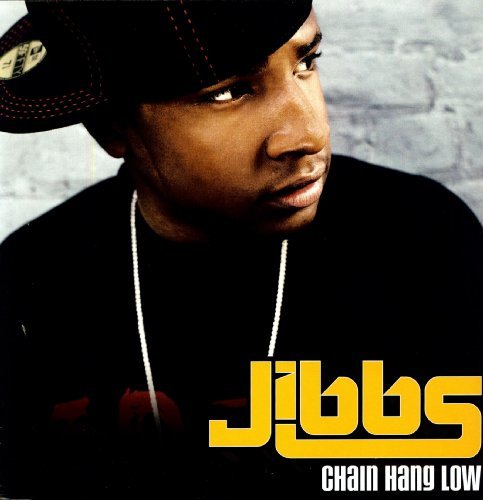
The ears, which are very tightly pressed to the head, will hint at the subtle mind of a friend. Protruding ears are also good. The character of people with protruding ears is usually inquisitive and open, but their analytical thinking is weak. In addition, it is believed that if the ears stick out, then the character of a person is frivolous, one should not expect special sexual intelligibility from such an individual. nine0006
Character according to the size of the ears
Big ears and character
Considering the ears of the interlocutor, one should not always adhere to the rule “the more the better”, but there is still some truth in this statement. Big ears speak of the active character of a person, but only if they have clear contours. A smooth, neatly shaped shell testifies to logic and intelligence. People with such ears are among those who can be trusted.
Large fleshy ears with drooping lobes speak of wisdom and nobility. In the East, they read the character by the ears and believe that spiritual mentors and teachers often have such large ears.
In the East, they read the character by the ears and believe that spiritual mentors and teachers often have such large ears.
Ears of medium size
Those with medium ears are lucky in love, but their careers often do not work out, and their financial situation leaves much to be desired. In this case, you should pay attention to the shape and size of the earlobe: the character of a person will largely depend on it. A fleshy lobe will indicate a strong-willed character, while a thin and small lobe indicates a lack of vitality and failure in a career. nine0006
Small thick ears
If the interlocutor's ears are small and thick, then most likely the person in front of you is deceitful and changeable. It is better not to start talking about art with "fat ears" - this person will not be interested in them. Just first look for reference books about the ears and the character of a person with pictures in order to have an idea exactly which ears are considered fat and not immediately reject new acquaintances.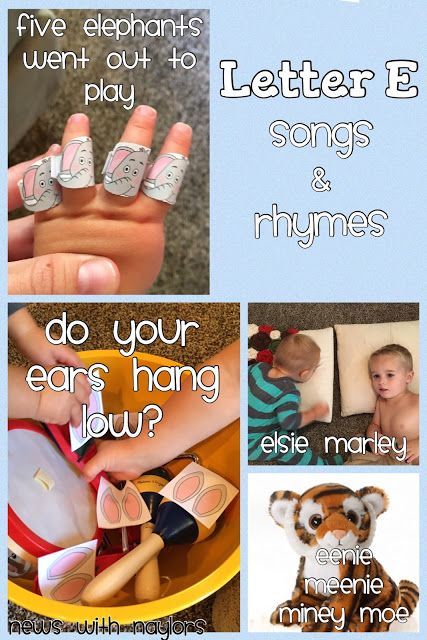
Small thin ears
The character of a person can also be determined by the ears if your counterpart does not have outstanding "locators". Small thin ears are a sign of refined taste. But if the ears are very thin, almost transparent, then in front of you is a passionate person, but nervous and quick-tempered.
The shape of the ears and the character of a person
Long narrow ears
Long and narrow ears are usually possessed by people who find it difficult to concentrate on something, to decide in life. The nature of the elongated ears is usually difficult to determine, such personalities are very unpredictable. But such ears are often found in centenarians. nine0006
Ears with a thick edge
Ears with an unusually thick edge always indicate an extraordinary sense of rhythm, strength and skill. This can be expressed, for example, in sporting achievements, excellent ability to play a musical instrument or the ability to any craft. The character of a person by ears with a thick edge is also easy to determine: most likely, this is a smart, healthy, but not too prudent individual.
This can be expressed, for example, in sporting achievements, excellent ability to play a musical instrument or the ability to any craft. The character of a person by ears with a thick edge is also easy to determine: most likely, this is a smart, healthy, but not too prudent individual.
Pointy ear and character
If the ears are pointed like a cat's, this indicates an inconsistency in character. It is difficult for such people to make acquaintances, to trust others. By the way, the owners of "elven" ears themselves are not averse to deceiving their neighbors for their own benefit, they are cunning and prudent.
Angled ears
Rectangular ears indicate strength, health, ambition and leadership qualities. This shape of the ears and the corresponding character are more common in men.
Round ears
Neat round ears without pronounced lobes are characteristic of idealists who, however, are able to adapt well and make compromises. They are more common in women. If you want to determine the character by the shape of the ears of a man, and you come across a round-eared specimen, take a closer look at it: most likely, it will be comfortable and fun with it.
They are more common in women. If you want to determine the character by the shape of the ears of a man, and you come across a round-eared specimen, take a closer look at it: most likely, it will be comfortable and fun with it.
Ears with a wide opening
If a finger, or even two, easily fits into the ear, then we are talking about an intelligent, generous, open person who is destined for a long life. If you determine the character by the ears of a man, pay attention to whether there are hairs in the ear. If there is, that's a good sign. nine0006
Ears with a narrow passage
If even one finger does not enter the ear, then such people are considered narrow-minded, stingy, secretive. They are constantly in a state of stress and live a little. Why physiognomy is so harsh on ears with a narrow passage is not clear, but what is, is.
Earlobe and character
Earlobe and character are also interconnected.